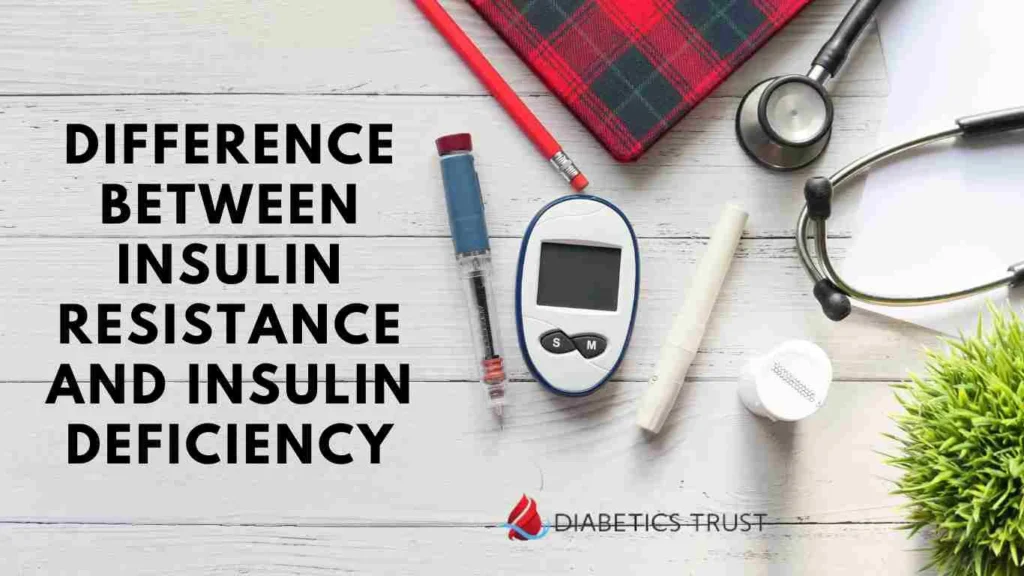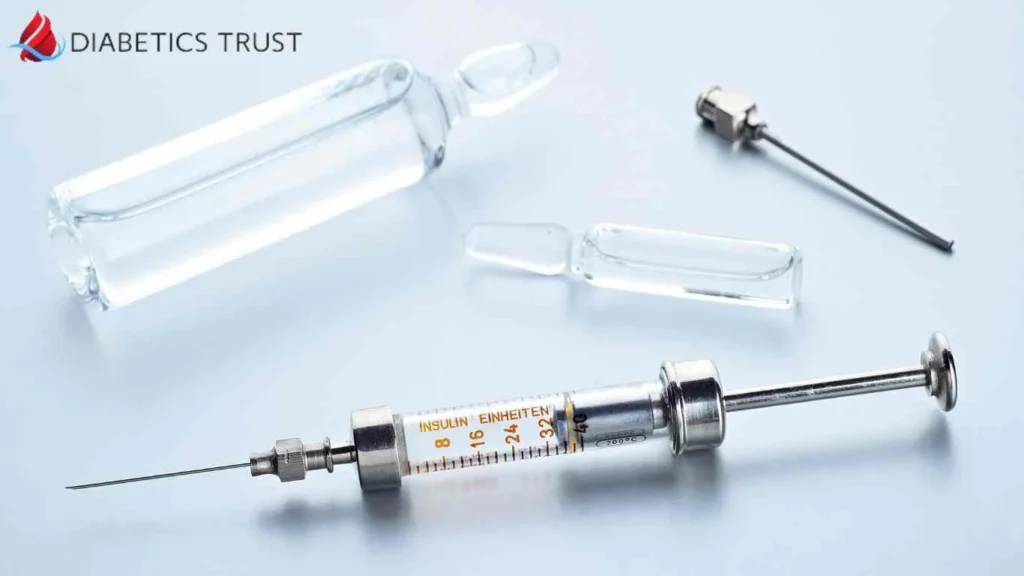When it comes to managing diabetes, understanding the nuances between insulin resistance and insulin deficiency is fundamental. These two conditions, often confused, have distinct impacts on an individual’s health. Insulin resistance involves the body’s impaired response to insulin, while insulin deficiency is characterized by insufficient insulin production. Recognizing the difference is crucial for effective management and treatment of diabetes.
For those navigating these conditions, having the right tools and resources, such as the ability to sell unused test strips and insulin supplies at DiabeticsTrust.com, can make a significant difference in daily diabetes care. In this article, we’ll delve into the specific differences between insulin resistance and insulin deficiency, and how each condition uniquely affects your body and overall health management.
Defining Insulin Resistance
“What exactly is insulin resistance, and how does it affect the body’s response to insulin?” This question lies at the heart of understanding one of the most common challenges in diabetes management. Insulin resistance is a condition where the body’s cells don’t respond effectively to insulin, a hormone crucial for regulating blood sugar levels.
Understanding Insulin Resistance
● Cellular Response: In insulin resistance, cells in muscles, fat, and the liver start resisting or ignoring the signal that insulin is trying to send out—to absorb glucose from the bloodstream for energy.
● Compensatory Mechanism: As a result, the pancreas produces more insulin to help glucose enter the cells. This can lead to higher than normal levels of insulin in the blood, a condition known as hyperinsulinemia.
Case Study: John’s Experience with Insulin Resistance
John, a 45-year-old with a family history of type 2 diabetes, noticed he was feeling more tired than usual and was gaining weight. After a medical consultation, he was diagnosed with insulin resistance. With this diagnosis, John made significant lifestyle changes. He adopted a diet lower in carbohydrates and began a consistent exercise regimen. Over several months, not only did his energy levels improve, but his blood glucose readings stabilized, indicating improved insulin sensitivity. John’s story highlights the importance of early detection and proactive management in insulin resistance.
Managing Insulin Resistance
● Lifestyle Changes: Like John, making dietary adjustments and increasing physical activity can be effective ways to improve insulin sensitivity.
● Regular Monitoring: Keeping track of blood sugar levels is crucial for people with insulin resistance, especially to prevent the progression to type 2 diabetes.
By understanding insulin resistance and its impact on the body, individuals can take proactive steps to manage their health, just like John did. For those with excess diabetes supplies, resources like DiabeticsTrust.com can be a helpful way to manage their condition effectively.
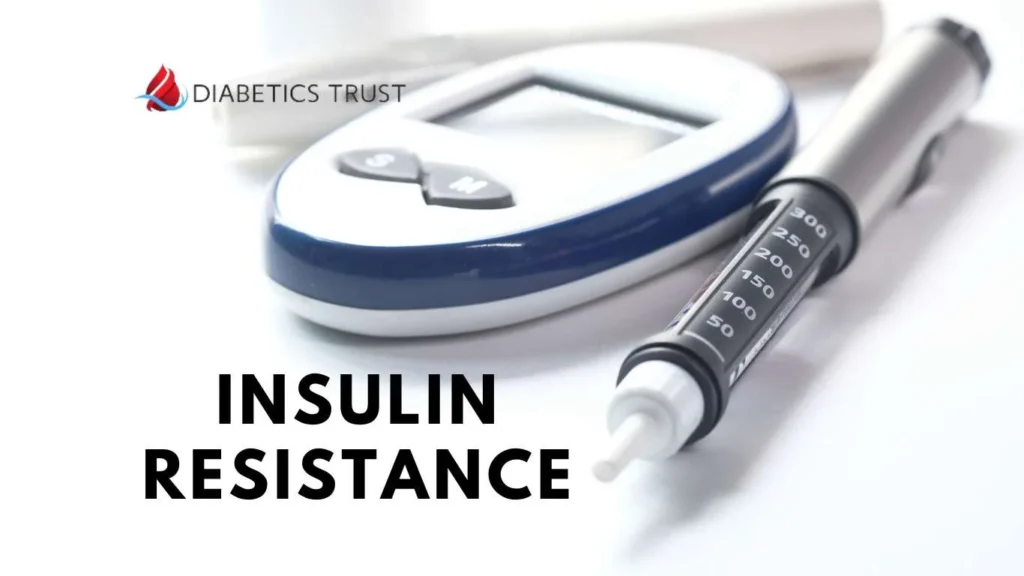
Understanding Insulin Deficiency
While insulin resistance is about the body’s response to insulin, a different question arises: “What happens when the body doesn’t produce enough insulin?” This is where insulin deficiency comes into play. Insulin deficiency occurs when the pancreas does not produce sufficient insulin, a vital hormone for regulating blood sugar levels. This condition is a key characteristic of type 1 diabetes and can also occur in later stages of type 2 diabetes.
Characteristics of Insulin Deficiency
● Insulin Production: In insulin deficiency, the pancreas either produces very little or no insulin.
● Resulting Effects: Without adequate insulin, glucose accumulates in the bloodstream instead of being used as energy by the body’s cells.
Living with Insulin Deficiency – Emily’s Story
Emily, a 30-year-old diagnosed with type 1 diabetes, lives with insulin deficiency. She relies on daily insulin injections to manage her blood glucose levels. Despite the initial challenges of constant monitoring and insulin management, Emily has found a rhythm in her routine. She uses a mix of dietary management, regular exercise, and insulin therapy to keep her blood sugar levels stable. Emily’s journey illustrates the importance of comprehensive management in living a full life with insulin deficiency.
Managing Insulin Deficiency
● Insulin Therapy: Essential for people with type 1 diabetes and some with type 2 diabetes.
● Monitoring Blood Sugar: Regularly checking blood sugar levels is crucial for adjusting insulin doses accurately.
Insulin deficiency requires careful management, which includes regular medical check-ups. For those managing their diabetes, a resource like DiabeticsTrust.com can be invaluable for accessing necessary supplies for blood sugar control and insulin therapy.

Key Differences Between Insulin Resistance and Insulin Deficiency
Often, people ask, “What are the key differences between insulin resistance and insulin deficiency?” Understanding these differences is crucial for proper diabetes management. While both conditions are related to insulin and affect blood sugar levels, their causes, symptoms, and long-term health implications vary significantly. Let’s break down these differences in a clear and concise manner.
Comparative Overview
| Aspect | Insulin Resistance | Insulin Deficiency |
| Causes | Often associated with obesity, a sedentary lifestyle, and genetics. | Commonly caused by autoimmune destruction of pancreatic cells (Type 1 diabetes) or pancreatic burnout (late-stage Type 2 diabetes). |
| Symptoms | Symptoms may include fatigue, frequent hunger, difficulty losing weight, and high blood sugar levels. | Symptoms often include excessive thirst, frequent urination, weight loss, and severe high blood sugar levels. |
| Body’s Response to Insulin | The body produces insulin but doesn’t use it effectively. | The body produces little to no insulin. |
| Management | Focuses on improving insulin sensitivity through diet, exercise, and sometimes medication. | Involves administering external insulin and monitoring blood sugar levels closely. |
| Long-Term Health Implications | Can lead to type 2 diabetes, cardiovascular disease, and other health issues if not managed. | Without proper management, can result in serious complications like diabetic ketoacidosis, heart disease, and other conditions. |
Understanding These Conditions
● Insulin Resistance: This condition is often a precursor to type 2 diabetes and can sometimes be reversed or managed with lifestyle changes.
● Insulin Deficiency: Primarily seen in type 1 diabetes, this condition is typically managed with lifelong insulin therapy.
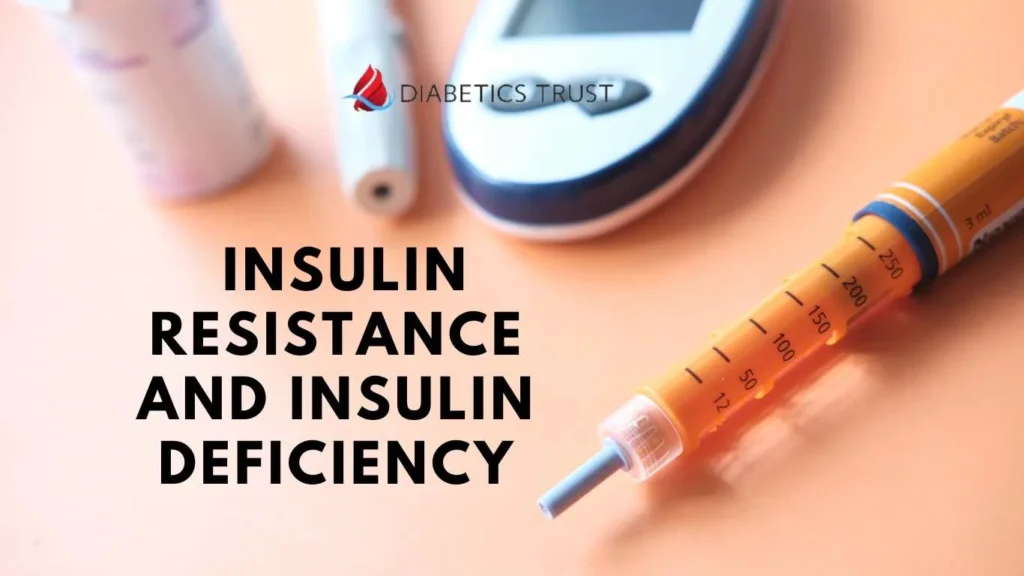
Diagnosis and Monitoring
“How are insulin resistance and insulin deficiency diagnosed, and why is regular monitoring essential?” Accurate diagnosis and consistent monitoring are key to effectively managing both conditions. Each condition requires distinct diagnostic approaches and ongoing monitoring strategies to ensure effective management and prevent potential complications.
Diagnosing Insulin Resistance
● Blood Tests: Includes fasting glucose tests, glucose tolerance tests, and HbA1c tests.
● Medical Evaluation: Doctors may also assess risk factors like obesity, hypertension, and family history.
● Regular Monitoring: Monitoring blood sugar levels regularly helps in managing insulin resistance and preventing its progression to type 2 diabetes.
Diagnosing Insulin Deficiency
● Autoantibody Tests: Especially relevant in type 1 diabetes, these tests detect antibodies targeting insulin-producing cells.
● C-Peptide Test: Measures the level of C-peptide to assess how much insulin the body is producing.
● Frequent Blood Sugar Monitoring: Essential for adjusting insulin therapy and managing blood sugar levels effectively.
The Role of Regular Medical Consultation
● Professional Guidance: Regular check-ups with healthcare professionals help in tracking the condition’s progression and adjusting treatment plans.
● Lifestyle and Medication Adjustments: Based on the monitoring results, doctors can recommend changes in medication, diet, and exercise routines.

Treatment and Management
Navigating the complexities of “managing insulin resistance and insulin deficiency” can be challenging. Effective treatment strategies for these conditions vary, involving a combination of lifestyle modifications, medications, and other therapeutic approaches. This section will outline the distinct treatment pathways for each condition, helping you understand the best practices for management.
Managing Insulin Resistance
Lifestyle Modifications
● Diet: Adopt a diet rich in fiber, low in processed carbohydrates, and balanced in fats and proteins.
● Exercise: Regular physical activity, including both cardio and strength training, is crucial.
Medication
● In some cases, medications like Metformin are prescribed to improve insulin sensitivity.
Regular Monitoring
Keeping track of blood glucose levels to adjust diet and exercise plans as needed.
Managing Insulin Deficiency
● Insulin Therapy: The primary treatment for insulin deficiency, especially in type 1 diabetes, involves administering insulin through injections or a pump.
● Dietary Considerations: While insulin therapy is central, maintaining a balanced diet helps in better blood sugar control.
● Continuous Glucose Monitoring (CGM): Devices like CGM can provide real-time insights into glucose levels, aiding in more precise insulin dosing.
Importance of Personalized Treatment Plans
● Collaboration with Healthcare Providers: Working closely with healthcare professionals to tailor treatment plans based on individual needs and lifestyle.
● Adapting to Changes: Treatment plans may evolve over time, requiring adjustments in response to changes in health status, lifestyle, or age.
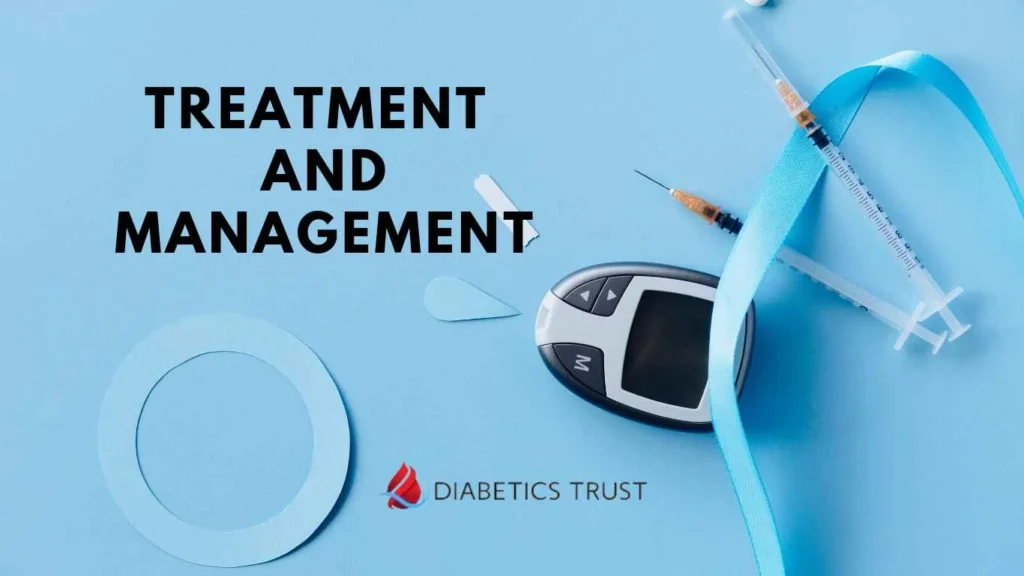
Living with Insulin Resistance or Insulin Deficiency
“Living with insulin resistance or insulin deficiency – what does that mean on a day-to-day basis?” It’s a question that many people diagnosed with these conditions ponder. The daily management of either condition involves not only medical treatment but also significant lifestyle adjustments. In this section, we share first-person accounts to provide a deeper understanding of the everyday realities of living with insulin resistance or insulin deficiency.
Insights into Daily Life with Insulin Resistance
● Routine Monitoring: Regularly checking blood sugar levels to track how different foods and activities affect them.
● Dietary Adjustments: Maintaining a diet that balances blood sugar levels, involving mindful eating and avoiding foods that spike glucose levels.
● Physical Activity: Incorporating regular exercise into daily routines to improve insulin sensitivity.
First-Person Account: Alex’s Experience with Insulin Resistance
Alex, a 40-year-old professional, shares: “After my diagnosis, I had to rethink my entire lifestyle. Monitoring my blood sugar became a part of my routine. I also started preparing more meals at home to better control what I eat. Regular exercise, like jogging and yoga, has not only helped with my condition but also improved my overall well-being.”
Insights into Daily Life with Insulin Deficiency
● Insulin Management: Administering insulin as prescribed and keeping track of insulin levels throughout the day.
● Dietary Considerations: Balancing carbohydrate intake with insulin needs and overall nutritional requirements.
● Staying Prepared: Always have emergency supplies on hand, like extra insulin, glucose tablets, and snacks.
Interview Excerpt: Maria’s Life with Insulin Deficiency
Maria, who has been managing insulin deficiency for five years, notes: “It’s a continuous balancing act. I have to be very aware of my insulin levels, especially when I eat or exercise. Carrying my medical supplies wherever I go is essential. Despite the challenges, I’ve learned to live a full, active life with my condition.”
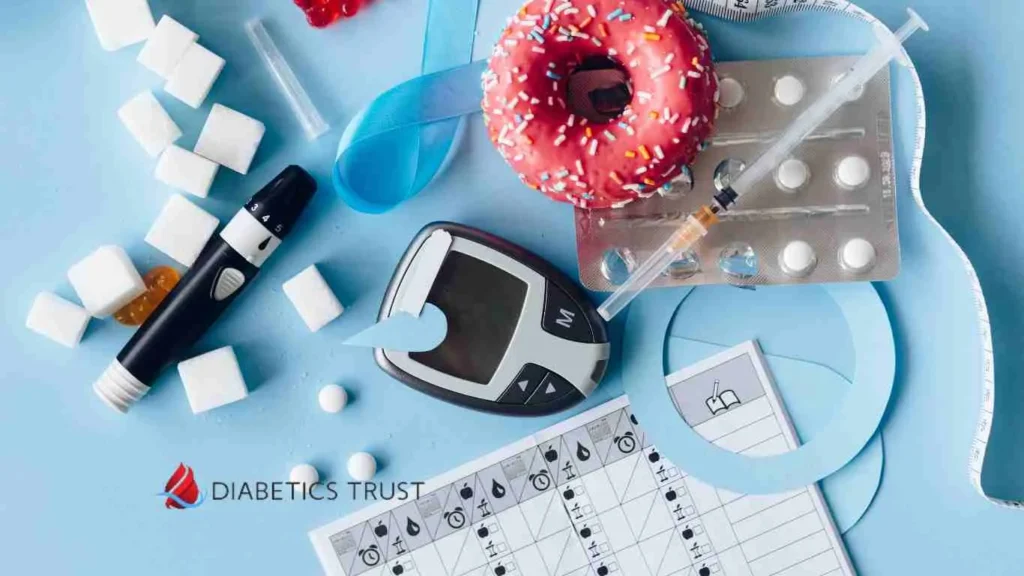
Conclusion
Living with insulin resistance or insulin deficiency indeed changes daily life. However, with effective strategies, the right support, and a proactive approach to treatment, individuals can successfully navigate these challenges. Remember, managing these conditions is not just about medical treatments but also about adopting a holistic lifestyle that supports overall health and well-being. For those needing assistance in managing their condition, resources like DiabeticsTrust.com can provide valuable support.
Related Blogs You Must Read
What is the Best Way to Weight Loss With Insulin Resistance?
Is Pre-Diabetes Curable? What Did You Know

